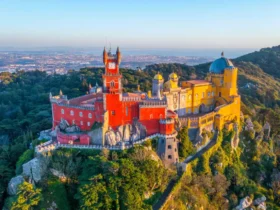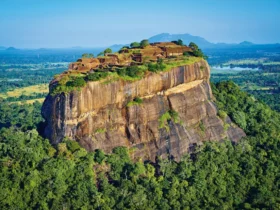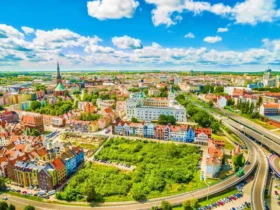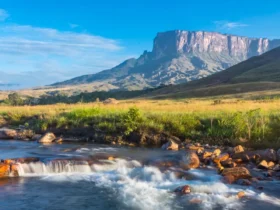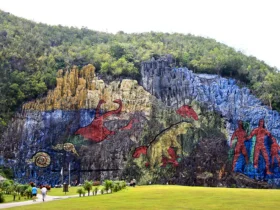The Great Wall of China is one of the world’s most iconic architectural marvels and a UNESCO World Heritage site.
The Great Wall of China stands as a testament to human ingenuity and engineering achievements. It represents the rich history, cultural heritage, and architectural brilliance of China, attracting millions of visitors from around the world who come to marvel at its grandeur and immerse themselves in its remarkable legacy.
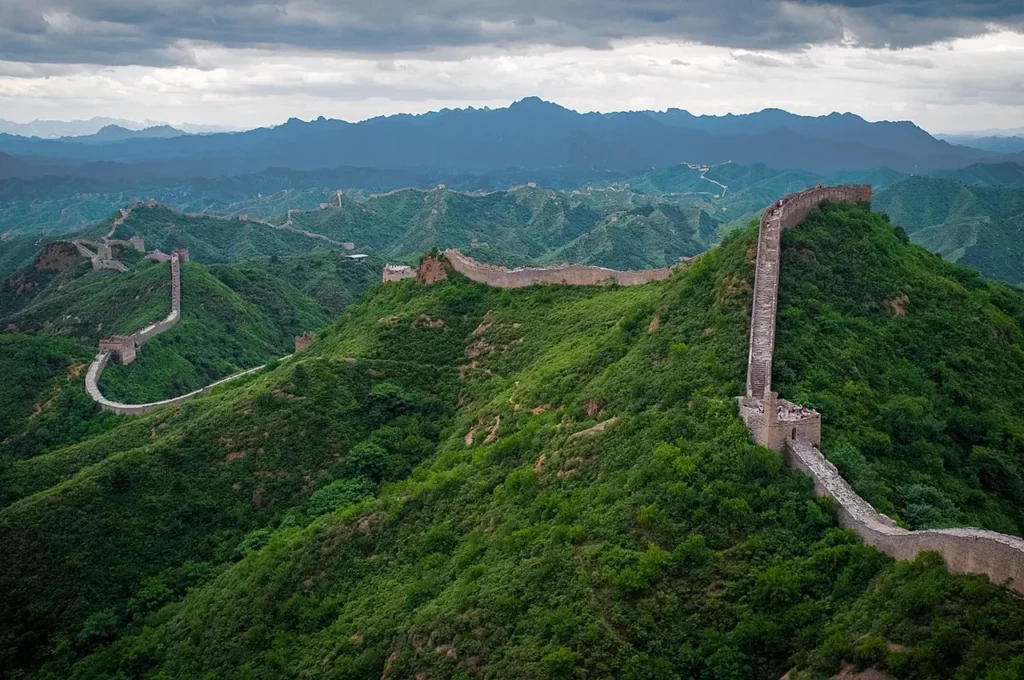
Some outstanding features about the Great Wall of China
Let’s find out some descriptions of the Great Wall
Historical Significance
The Great Wall of China is a series of fortifications that stretches over thousands of kilometers across northern China. It was constructed over centuries, with various sections built during different dynasties, starting as early as the 7th century BC. The wall played a crucial role in China’s history, serving as a defensive structure to protect against invasions and as a symbol of national unity.
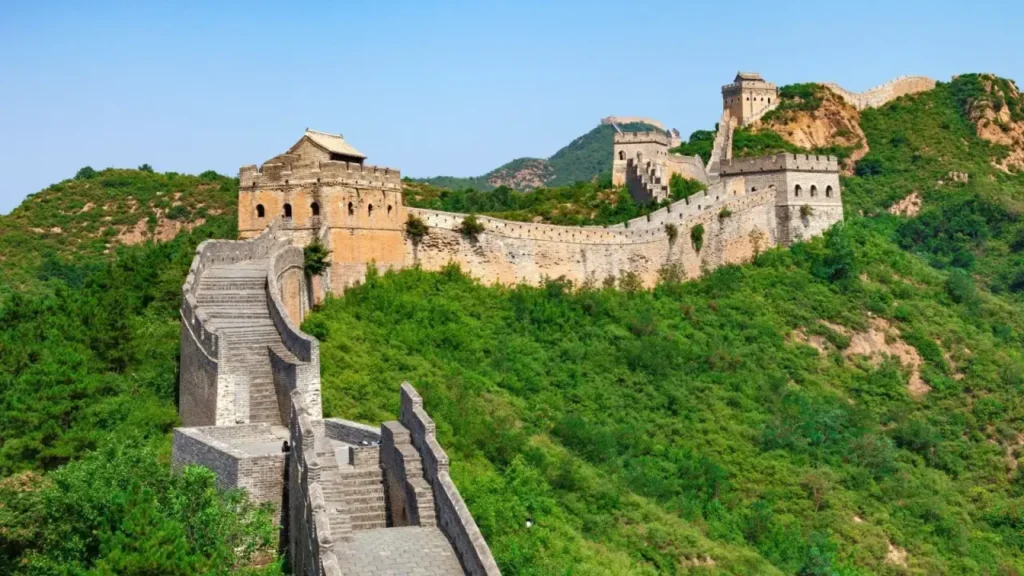
Length and Size
The Great Wall is an extensive structure, with its total length estimated to be around 21,196 kilometers (13,171 miles). The wall is not continuous but consists of multiple sections that were built at different times. Some sections are well-preserved and easily accessible, while others have fallen into disrepair or are in remote areas.
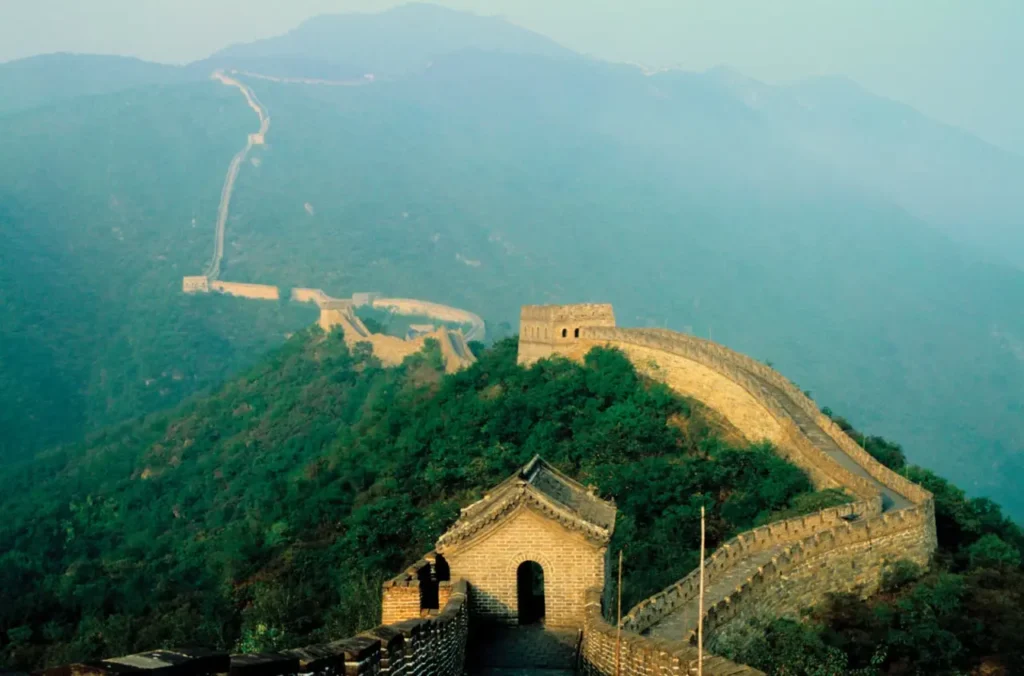
Construction Materials
The wall was primarily built using locally available materials, such as stone, brick, tamped earth, and wood. The sections closer to Beijing were often constructed using bricks, while other sections used materials like stone and rammed earth. The materials used varied based on the geography and resources of the region.
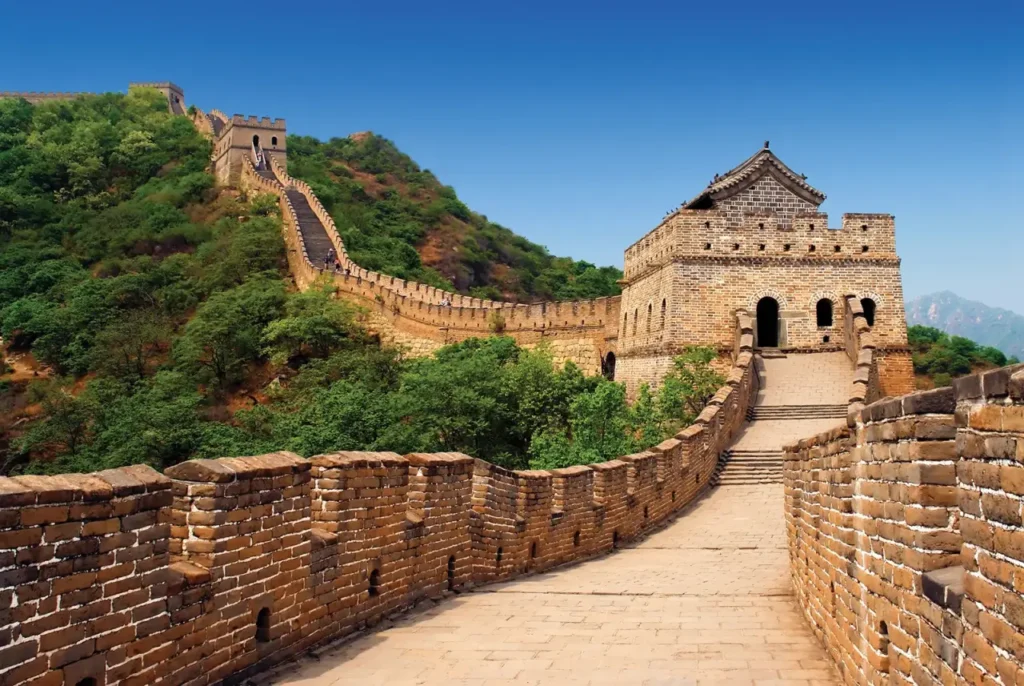
Defensive Features
The Great Wall was designed with various defensive features to protect against invasions. These include watchtowers, battlements, and signal towers. The watchtowers served as lookout points and communication centers, allowing soldiers to observe the surrounding areas and relay signals along the wall.
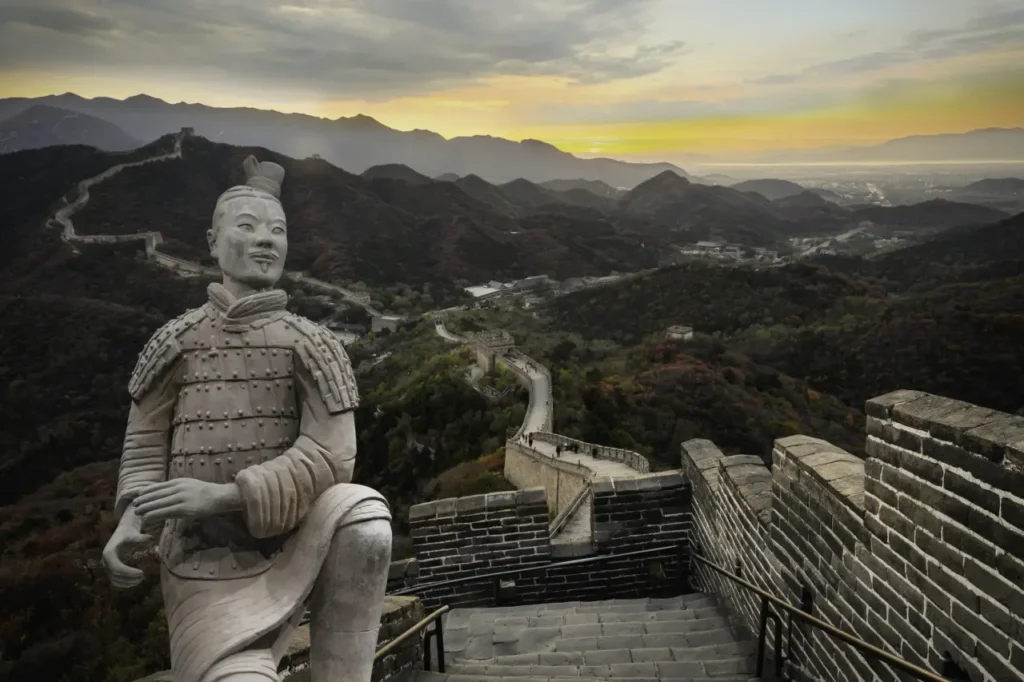
Cultural Significance
The Great Wall is not only a significant military structure but also a symbol of Chinese culture and identity. It represents the determination, resilience, and craftsmanship of the Chinese people throughout history. The wall has been a source of inspiration for art, literature, and folklore, and it continues to be a source of pride for the Chinese population.
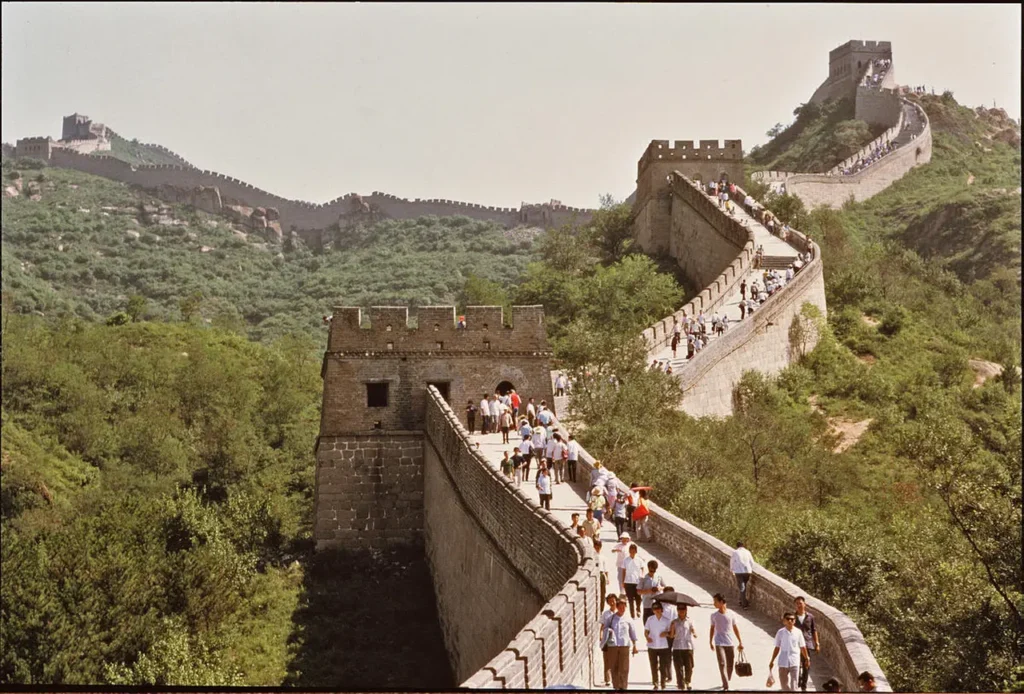
Tourist Attractions
Several sections of the Great Wall are accessible to tourists, offering the opportunity to experience and explore this ancient wonder. Some popular sections include Badaling, Mutianyu, Jinshanling, and Simatai. These sections have been restored and provide visitors with breathtaking views, hiking trails, and insights into the history and grandeur of the wall.
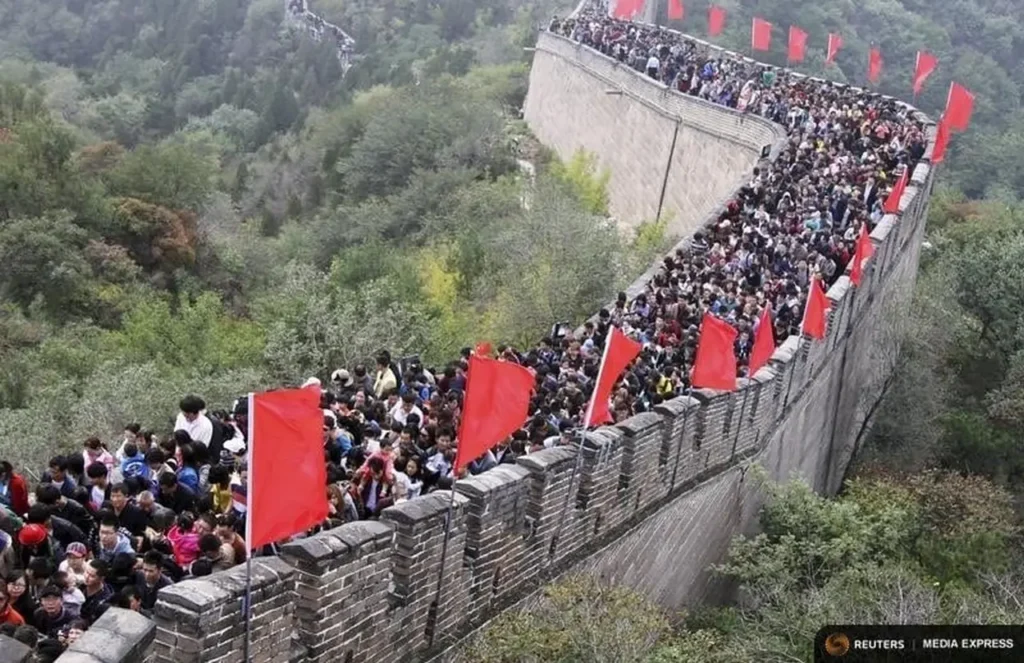
Preservation and Restoration
The Great Wall is subject to natural erosion, human activities, and weathering. The Chinese government has made efforts to preserve and restore certain sections, ensuring their longevity and accessibility to future generations. Restoration work involves using traditional construction techniques and materials to maintain the historical integrity of the wall.
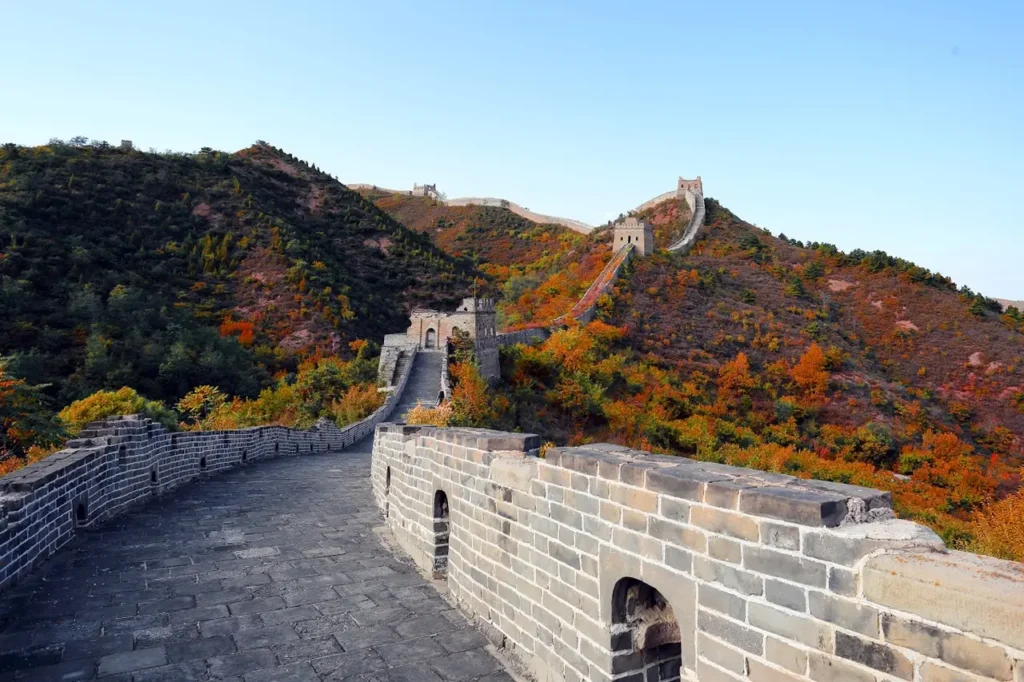
Some popular activities when visiting the Great Wall
When visiting the Great Wall of China, there are several activities you can engage in to enhance your experience. Here are some popular activities to consider:
- Hiking: The Great Wall offers fantastic opportunities for hiking enthusiasts. You can explore various sections of the wall on foot, enjoying stunning views of the surrounding landscape. Some sections, such as Jinshanling and Jiankou, are known for their rugged and picturesque trails, while others, like Mutianyu, offer a more accessible and well-preserved hiking experience.
- Photography: The Great Wall provides a magnificent backdrop for photography. Capture the sweeping vistas, ancient architecture, and intricate details of the wall. Whether you’re a professional photographer or simply enjoy taking pictures, there are countless opportunities to capture memorable shots.
- Cable Car Ride: Some sections of the Great Wall, such as Badaling and Mutianyu, offer cable car rides that provide a scenic and convenient way to access the wall. The cable car ride allows you to enjoy panoramic views while saving energy for exploring the wall itself.
- Camping: If you’re looking for a unique and immersive experience, consider camping near the Great Wall. Some sections, like Gubeikou and Huanghuacheng, allow overnight camping. Setting up camp near the wall gives you the chance to witness stunning sunrises or sunsets and experience the tranquility of the surrounding natural environment.
- Visit Historic Sites: Alongside the Great Wall, there are various historic sites and attractions worth exploring. For example, near Badaling, you can visit the Ming Tombs, the burial site of several Ming Dynasty emperors. These sites provide insights into the rich history and culture of China.
- Local Cultural Experiences: Surrounding the Great Wall, there are villages and towns where you can experience local culture and traditions. Interact with the local community, taste traditional cuisine, and participate in cultural activities to gain a deeper understanding of the region.
- Paragliding or Zip-lining: In some sections of the Great Wall, you may find adventure activities like paragliding or zip-lining. These thrilling experiences allow you to soar above the wall and get a unique perspective from the air.
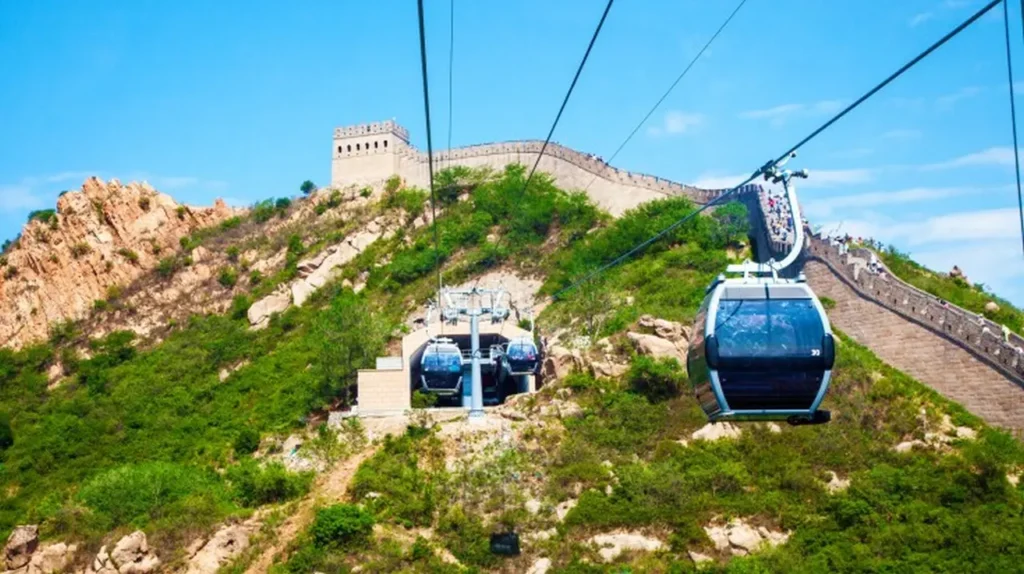
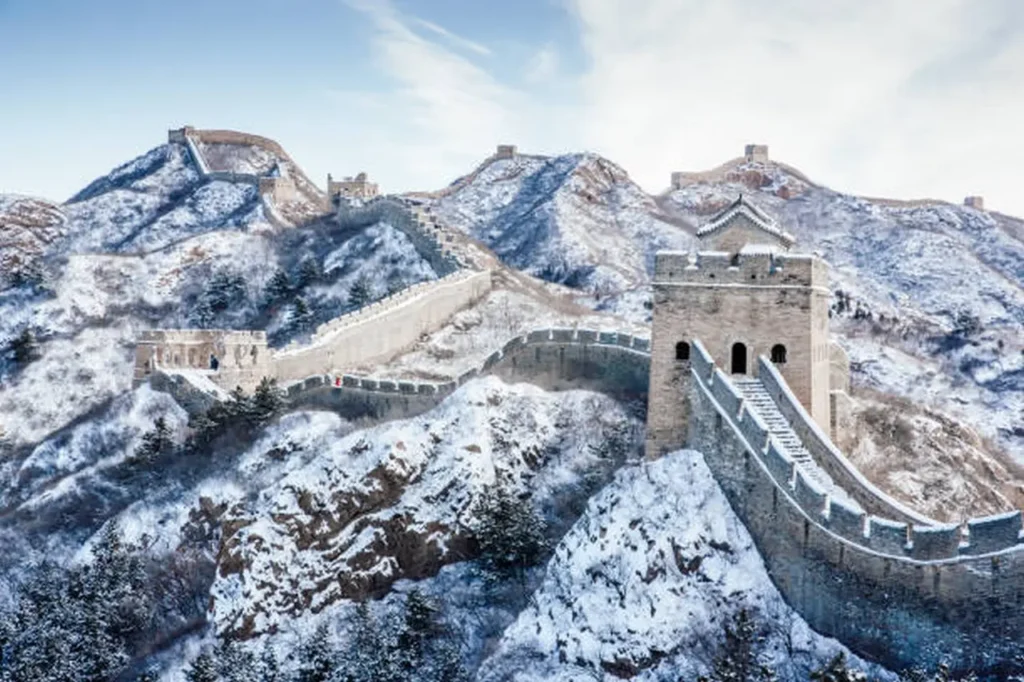
Remember to wear comfortable clothing and footwear suitable for outdoor activities, carry water and snacks, and check the weather conditions before your visit. Additionally, be mindful of the rules and regulations in place to protect the Great Wall and ensure a responsible and respectful visit.
When should we travel to the Great Wall of China?
The best time to visit the Great Wall of China largely depends on your preferences and the experience you seek.
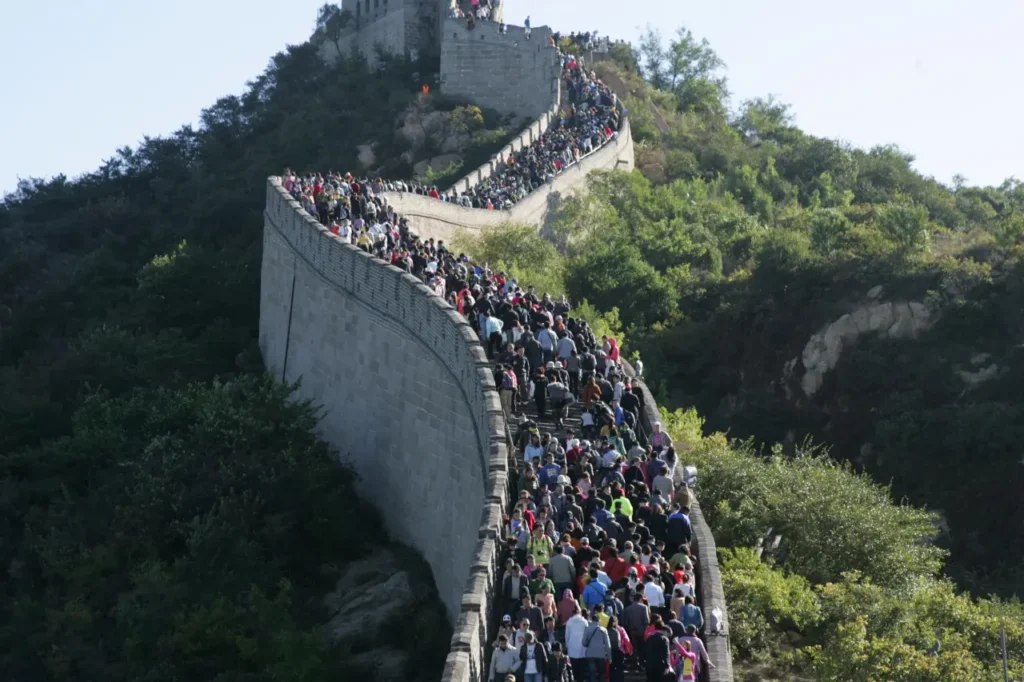
Here are some factors to consider when planning your visit:
- Weather: The weather can significantly impact your experience at the Great Wall. The most popular times to visit are during spring (April to May) and autumn (September to October) when the temperatures are mild, and the weather is generally pleasant. The skies are often clear during these seasons, offering better visibility and great photo opportunities. However, do keep in mind that these periods can be crowded with tourists.
- Crowds: The Great Wall attracts a large number of visitors, especially during peak tourist seasons and public holidays in China. If you prefer fewer crowds, consider visiting during the shoulder seasons, such as early spring (March) or late autumn (November). Weekdays also tend to be less crowded compared to weekends.
- Off-Peak Seasons: Winter (December to February) can be a quieter time to visit the Great Wall. The crowds thin out significantly, and you may have a more serene and peaceful experience. However, do note that winter temperatures can be quite cold, so be prepared with appropriate clothing and footwear.
- Fall Foliage and Spring Blooms: If you enjoy natural beauty, consider visiting the Great Wall during the fall foliage season (October to November) when the leaves change colors and create a stunning backdrop. In spring (April to May), you can witness vibrant blooming flowers and cherry blossoms in some sections near Beijing.
- Festivals and Events: Check if there are any local festivals or events happening near the Great Wall that you may be interested in. Attending these cultural celebrations can add a unique flavor to your visit and offer insights into local traditions.
- Personal Preferences: Ultimately, the best time to visit the Great Wall depends on your personal preferences. Consider factors like weather, crowds, and the overall experience you desire when making your decision.
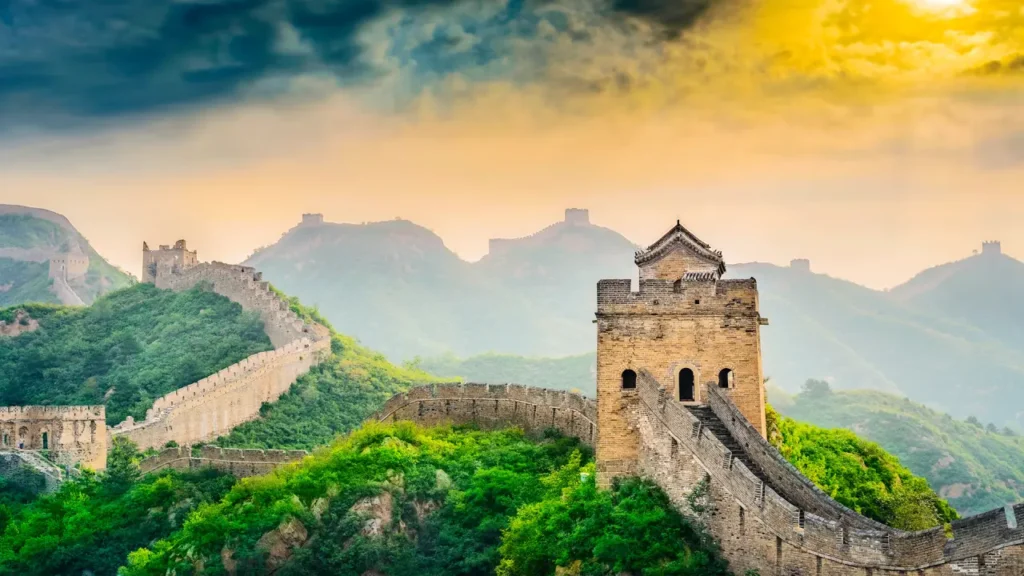
It’s important to note that the Great Wall spans across different regions of China, and the weather can vary from one section to another. Therefore, it’s a good idea to check the specific weather conditions and crowd levels for the section you plan to visit.

We hope that this article have helped you learn about the Great Wall of China. There are still many fascinating places to discover on our website, so please be sure to stay tuned for more interesting information!
